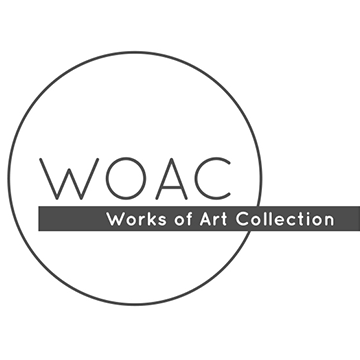Status: Draft No. 9, February 2025, approved by Senate on 17 April 2025.
Aims
– Extract from UCT Works of Art Collection Curatorial Policy
The Works of Art Committee’s (WOAC) Terms of Reference mandate it to “promote the display of the collection through engaged curation” and to “contribute to an inclusive heritage expression for the University.” This Curatorial Policy sets out the parameters of how to achieve this.
The WOAC Curatorial Policy lays out principles intended to ensure that the University of Cape Town (UCT) Art Collection is used for: supporting and enhancing the University of Cape Town’s Vision and Mission, contributing to transformation, creating a culture of inclusivity at the university, and using the collection and its resources for teaching, learning, and exhibiting in a sustainable manner.
UCT Vision 2030 notes that transformation and social engagement “must be present in all strategic choices at all levels in order to be effective” (Vision 2030, 5). This document especially details modes of curation that WOAC will follow to realise this transformation driven, socially engaged vision. It also takes guidance from Vision 2030 that calls for an “innovative” and “engaged curriculum” which enables UCT students to “have ready access to the skills and knowledge required to exercise their sense of social citizenship in the creation of a sustainable and regenerative world” (Vision 2030, 12).
The WOAC Curatorial Policy guides curators, WOAC members and stakeholders in making curatorial decisions about the use of artworks in the UCT Art collection, the conceptual, immaterial works or activist interventions, as well as artworks or projects that are incorporated into the WOAC programme without being accessioned into the UCT Art Collection.
WOAC aims to include as many voices as possible and hence to engage with and commission curators, artists, performers, writers and other creatives to propose, produce and co-produce projects with and for the UCT Art Collection. This policy guides individual students, staff, stakeholders or collectives that want to work with WOAC.
The policy also guides the WOAC in its response to and responsibility for artworks on the University of Cape Town campuses that are produced, displayed, bought or commissioned without WOAC input, whether through a formal process of acquisition and curation, or through activist interventions.
This policy sets the grounds for transparent, ethical and responsible curatorial practices at UCT.
View full document UCT Works of Art Collection Curatorial Policy
